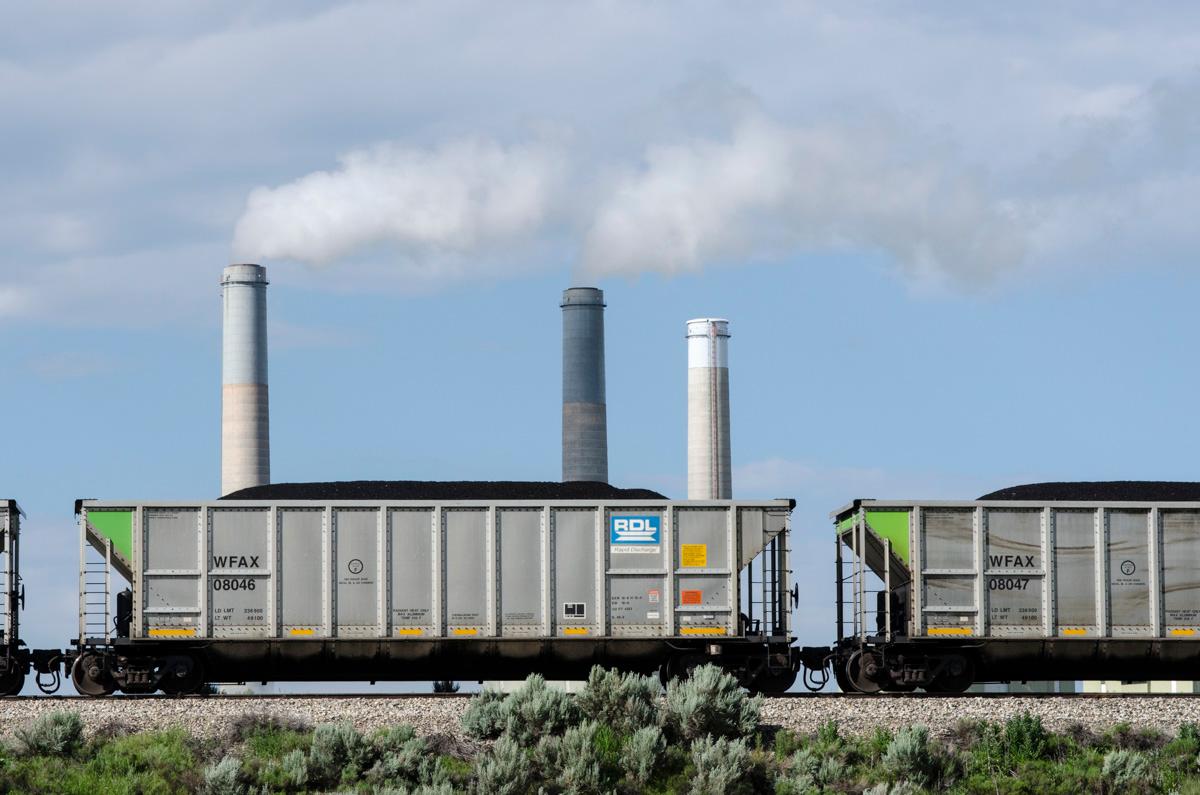

U.S. coal jobs got a boost last year. NPR reports that states like West Virginia, Alabama and Virginia saw gains — but not because of President Donald Trump’s direct policy changes.
In Colorado, gains were muted, where jobs across the state hovered just above 1,200. Comparing Q4 2016 to Q4 2017, jobs slightly increased across the state. NPR’s analysis, which compared Mine Safety and Health Administration annual averages for 2016 and 2017 reported a 6.5 percent decline in Colorado coal jobs. These jobs include everything from underground mining to front office work.
Effectively, jobs remained flat across Colorado in 2017. If you’re Stan Dempsey, president of the Colorado Mining Association, flat is good. That’s because it’s a reversal from years of job declines, even as production continues to fall across the industry.
“I’m feeling confident that we’ve reached stability in terms of the six remaining mines in Colorado,” Dempsey said. “I think they’re healthy. I think they have potential not only to serve their primary customers but their secondary customers.”
Primary customers are coal-fired power plants in Colorado and the United States. Secondary customers are overseas in places like China and Taiwan.
These secondary markets will become increasingly important to Colorado’s coal producers. That’s because the cheap price of natural gas, solar and wind make it difficult for coal-fired power plants to stay in business in the United States.
When you take financing into account, University of Wyoming energy economist Rob Godby said “a brand new wind farm will be cheaper to run than an already-paid-for coal-fired power plant.”
One example that supports that thinking in Colorado are the recent results Xcel Energy received when it sought proposals for new energy resources.
There is one thing that could make it difficult for solar to compete in the near term. In January, President Donald Trump imposed tarriffs on solar panels imported to the U.S. Economists and industry observers expect that to make it more expensive to install solar panels in the short-term. Just how much companies and the industry will eat the additional costs to remain competitive remains to be seen.








